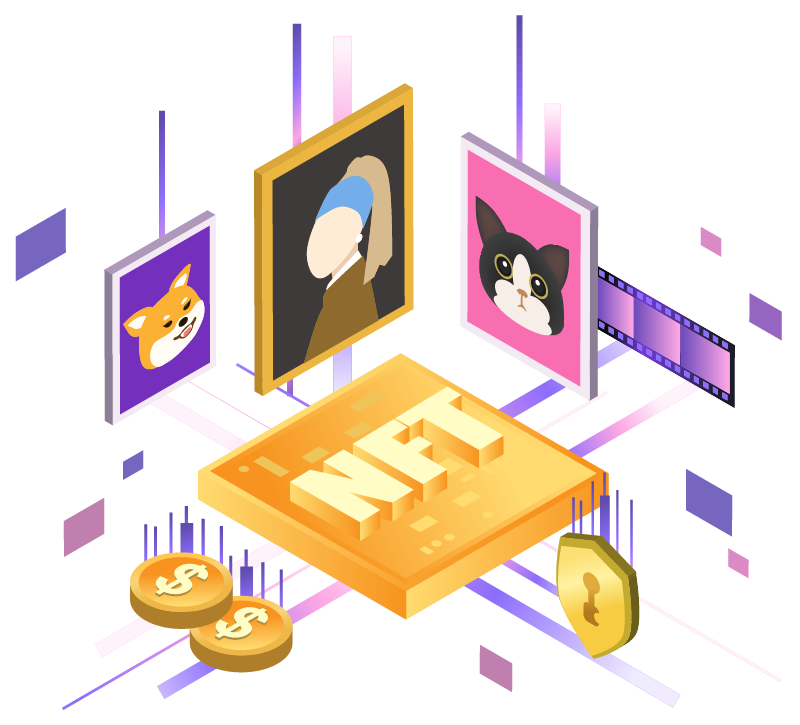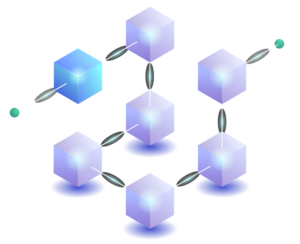
Associations, Organizations, Clubs
During the last few months, the NFT industry has experienced remarkable expansion, pioneering the transformation of the digital asset landscape. NFTs began as digital art, but with the evolution of the technology, certain utilities were added and use cases increased over time amplifying their value.
Exclusive access to specific events can be granted through NFTs. This is applicable to both digital and physical events. One essential application of NFTs is the capacity to offer access. Because they are non-fungible and easily trackable through the blockchain, they are the optimal solution for replacing physical tickets with a digital, trackable, and traceable choice when used as a ticket stub. You can also use the smart contract’s features to write in a ticket’s terms and conditions, expiration dates, and any other restrictions. Both parties can easily maintain track of their tickets and the information they contain.
NFTs, like coupons, can be used as a membership token to give access to limited-edition products, and one-of-a-kind services. An NFT membership is frictionless, transparent in its intent, and can be bought, sold, and traded for any other asset on the blockchain with ease.
In general, NFTs can act as digital private members’ club keys, granting entry to events, and experiences, as well as access to unique discord channels and other private groups. They could act as a new way to issue membership badges, acknowledgment pins, or achievement medallions with varying levels of privileges for holders. They may have a collectible and resale value. Moreover, NFTs can further be used as a proof of belonging to a community, winning a competition, or loyalty to a certain brand.
For certain “closed” clubs, exclusive access is only granted in the form of an NFT. This NFT is the membership key to the club as well as an access pass to cultural and social experiences. We can expect to see more of these use cases become more mainstream and widespread.
One such use case is Gary Vaynerchuck’s NFT project. All VeeFriends token holders gain access to VeeCon — a multi-day event exclusively for VeeFriends NFT holders.
Behaviour Reward and Proof of Achievement:
NFTs can also be used in the education sector. Every academic achievement should be original, authentic, transparent, accountable, and immutable. NFTs are built on the blockchain, in a transparent, immutable, and cryptographically distributed ledger. Switching from a paper-based to an NFT-based degree will improve administrative services while also preventing counterfeiting and tampering.
Universities have started providing NFTs for their diplomas and certifications. At the University of Nicosia, certain certificates are made available to students as NFTs. Seton Hall University held its annual Entrepreneur Hall of Fame Dinner in February, during which graduates were recognized with NFT awards. Duke University offered their Master of Engineering in Financial Technology Degree in the form of NFT.
Reward Loyalty and Build a Community
An association could create a loyalty program based on NFTs. They could offer each new member an NFT as a symbol of belonging to the group, and for the existing members an NFT issued depending on the number of membership years. The longer the period, the more exclusive the NFT becomes. It could be a “level 1” NFT for each new member, “level 2” for members with 2 years in the group, and so on.
There could be additional NFTs for actions of the members, such as:
- Donations,
- Introducing sponsors or new members
- Volunteer work,
- Winning competitions
To engage all members and reward their activities, benefits should be attached to the tokens. These could be, free access to digital summits, festivals, discounts on memberships, and others.
Reward Certain Behavior
Most organizations, associations, and private clubs depend heavily on their sponsors. What could be more important than acknowledging your sponsors’ contribution.Mint exclusive 3D NFTs based on your organization’s vision and actions. The NFTs could be personalized for each sponsor, with a date, the logo of the sponsor, the level of sponsorship, and even a thank you message.

Sponsors could display these NFTs on their corporate websites, in physical-digital frames, or include them in their annual reports. Sponsors could be given multiple NFTs, which they could then offer to their best customers and partners or use for any other type of communication.
Fundraising
A private club or an organization often looks for ways to raise funds for their activities. A cycling club for example, looking to organize a national tour for the first time, and in need of funds to do that, could issue 3 collections of NFTs; three different designs and sell them at different prices on the organization’s website. They could be paid for using a credit card.
Collaborating with a renowned cyclist who might be interested in supporting the cause could significantly improve the success of the campaign. In this case, the NFTs could include the athlete’s face or name, increasing the value of the NFTs.
To increase the attractiveness of these NFTs, a series of benefits could be attached to them for a limited number of holders.




